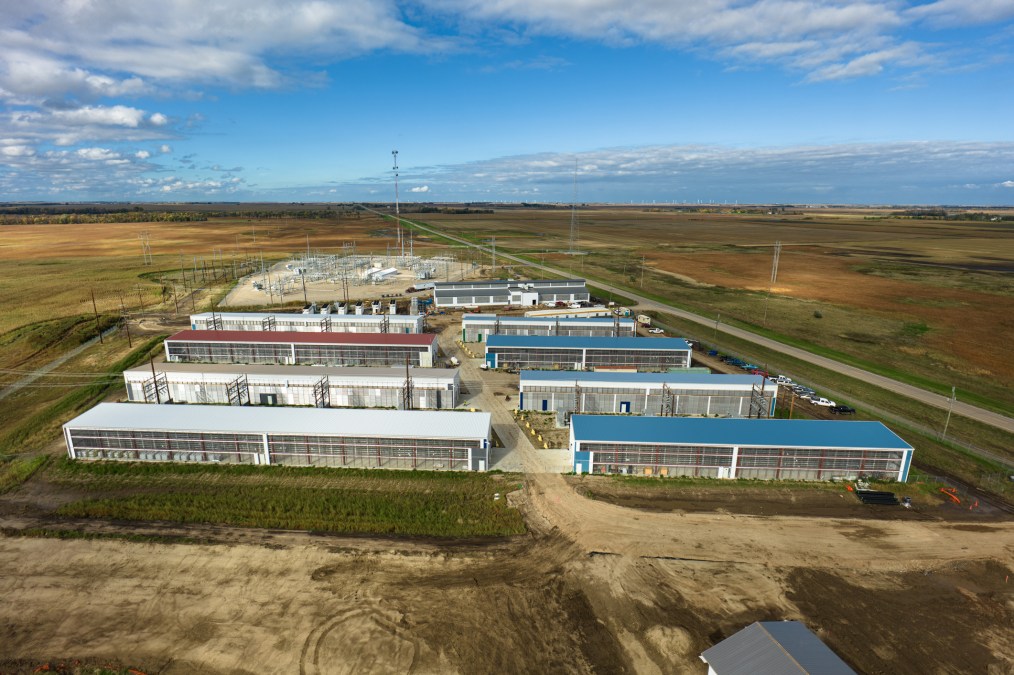House bill targets rising rural utility costs from AI data centers

Surging utility bills linked to artificial intelligence data centers would get a closer look from a trio of federal agencies under a new bipartisan bill in the House.
The Unleashing Low-Cost Rural AI Act from Reps. Jim Costa, D-Calif., and Blake Moore, R-Utah, would require the Energy, Interior and Agriculture departments to examine the effect AI data center buildouts are having on rural America.
“AI Data Centers are expanding rapidly and using more energy and water than entire cities. That energy demand is driving up utility costs for consumers,” Costa said in a press release Thursday. “My legislation ensures we take a hard look at how this growth impacts rural communities that are powering the AI industry, and make sure families aren’t left paying the price.
“But at the same time,” he continued, “it’s important that rural communities are not left behind in the new opportunities that AI data centers will provide for agricultural sciences and an improved ability to compete in this modern era.”
The rapid construction of AI data centers across the country — especially in rural areas — has led to a spike in energy demand that has dramatically driven up utility costs for consumers. The lawmakers’ press release cited a stat from PJM — the world’s largest energy market, spanning 13 states — that said data centers have led to an additional $9.3 billion in costs for ratepayers.
The AI Action Plan released by President Donald Trump in July featured several callouts to the importance of expanded energy capacity through streamlined permitting and fewer environmental regulations. The plan also sought to make federal lands “available for data center construction and the construction of power generation infrastructure for those data centers.”
Moore said in the press release that Utah is “a prime location” for AI infrastructure and data centers, but “cementing” the state’s innovation bona fides “will require identifying rural areas ready for data expansion, streamlining permitting for new energy projects, and promoting the co-location of data centers with energy facilities.”
“These efforts will power our growing digital demands without passing costs on to families,” he added. “I’m grateful to partner with Representative Costa to introduce the Unleashing Low-Cost Rural AI Act to identify other areas of the country, like Utah, that will advance solutions to meet our energy needs.”
Under the bill, the Energy, Interior and Agriculture would team up to study the impact of AI data center expansions in rural parts of the country, in addition to identifying areas that appear to be strong candidates for tech expansion. They would also assess the impact data center expansion might have on consumer costs, as well as energy supply and reliability.
The agencies would also be charged with examining ways current energy infrastructure may be upgraded to allow AI data centers to coexist alongside those power facilities. There will also be reviews of nuclear and geothermal energy, solar, wind and hydro power, battery storage, and carbon capture.
According to a piece published last month in the Tech Policy Press, global energy use by data centers has jumped 12% annually over the past seven years, with projections that it will more than double by 2030.
“As providers of the largest and most compute-intensive AI models keep adding them into more and more aspects of our digital lives with little regard for efficiency (and without giving users much of a choice), they grow increasingly dependent on a growing share of the existing energy and natural resources, leading to rising costs for everyone else,” the authors warned.






